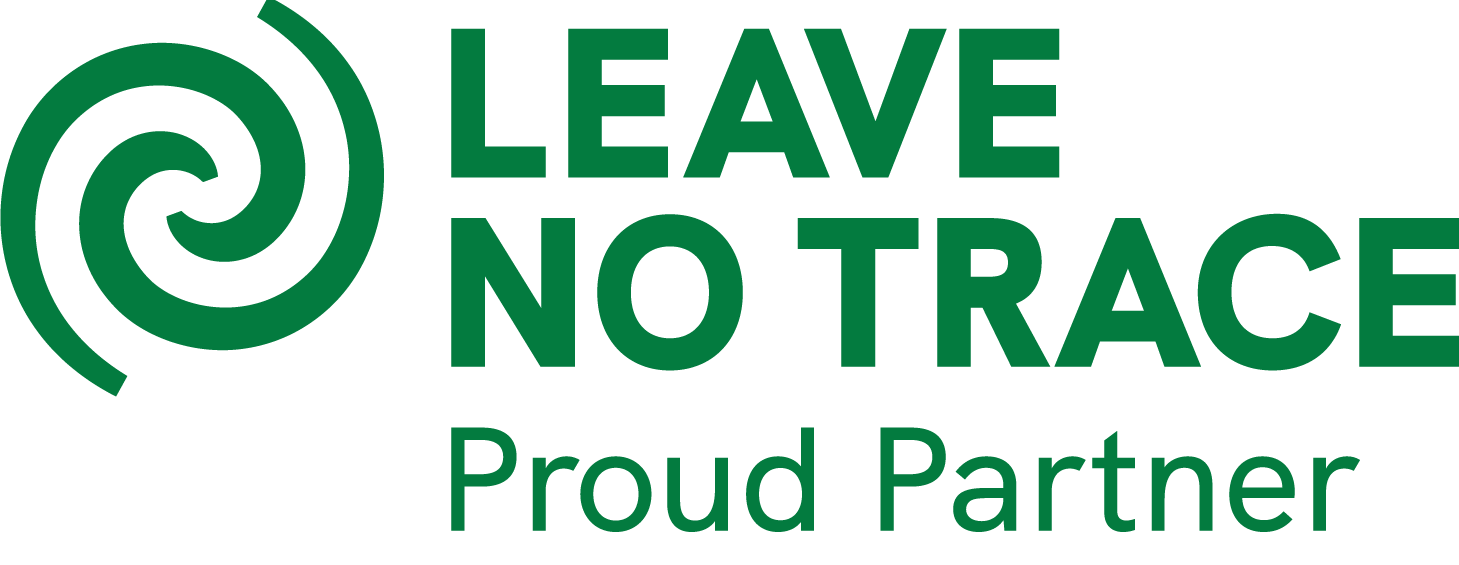Granite Mountain Guides
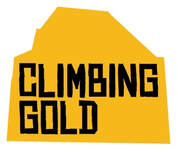 This Episode of "Climbing Gold" breaks down three components of climbing based on movement.
History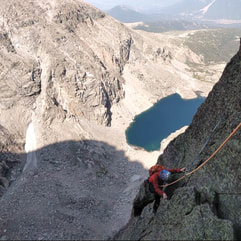 The history of climbing started when the objective was simply to get to the top of big mountains. Then it started to evolve: Find harder ways to get to the top of a mountain. As climbing modernizes, old chapters of climbing are still thriving. The newest chapter of climbing is rock-less. Climbing on plastic and wood. The hardest climbing achieved today might not have been possible without the climbing gym. Route SettingTondé Katiyo's interview on this episode starts with him breaking down movement in climbing and how that inspires route-setting. The DNA of movement can be analyzed and recreated in a gym. His definition in a successful route centers around emotion, "Success is to get people to have an emotion. A route is not just technical and intellectual". Katiyo defines the 3 components: Risk, Intensity, Complexity: Risk: (in a climbing gym context) Having to commit, a mental challenge. You know the move is not that difficult but your brain stops you. The response should be with commitment and confidence. Its not as much about if you can do it physically, but believing you can do it. R.I.C ScaleA competition could be set with five boulder problems all rated V9, but that doesn't mean that every V9 climber can flash all of them. The grades of climbing have to do with not only the grades, but the person. Being able to identify your strengths and weaknesses among risk, intensity and complexity is a big part of a climbers ability to push their grade. "Winners don’t win by being strong at their strengths, they win at having few weaknesses" -Tondé Katiyo One of the most difficult challenges in climbing is being able to climb a very powerful route and then move to a route of the same difficulty but completely different style that requires no power or strength. It is important as climbers that we understand which component of movement we struggle with the most. For some it may be risk; the fear of committing to a move whether it be on slab or a dyno to a jug that you can't see very well. For some it's intensity; do you have the physical ability to complete the next move? and lastly it might be complexity; can identify when you need to shift the position of your hips ever so slightly, or will the inability to identify that be what pulls you off the route? What is your weakness in the R.I.C scale? How the Outdoors Still Applies to Indoor ClimbingWhen should gym routes maintain their connection to the outdoors? A lot of young setters are not climbing outside anymore, they grew up in the gym and they simply don’t have time. It is important to get those setters outside and climb in a variety of places: Get them on the slab in Joshua Tree, the caves of Red River Gorge and the cracks in Indian Creek. Or in our case: the slab of the McDowell's, the pockets of Flagstaff and the towers of Sedona. If you want to be a good setter, you need to have experience and variety, and that is achieved by getting to various places outside. With all the artificial elements of indoor climbing, we still must stay connected to core values of climbing. Katiyo's system can be applied to all of climbing. It is fundamental for understanding climbing movement. Risk, Intensity, Complexity in the Outdoors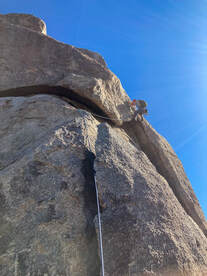 Let's take about the factors of risk, intensity and complexity in an outdoor setting: RISK- There are a lot of risk factors that can be mitigated in an outdoor climbing setting such as preparedness, proper training, competency and more. Being prepared has a lot of elements. Knowing your approach is important for conserving energy for climbing when you arrive, not getting lost, and knowing your way out if an accident were to occur. It is also key in knowing how many resources you need: the amount of food and water appropriate for a short hike in from the parking lot or a longer approach with more elevation gain. Knowing what climbs you plan to get on is another level of preparedness, if you are just breaking into climbing 5.11's, getting on an X rated 5.11 might have more risk and higher consequence for someone just pushing into this grade. Using resources like Mountain Project and local guide books can help mitigate this. Having proper training is another element of risk mitigation. If an accident were to occur, having some degree of Wilderness Medical training (WFA or WFR) is very important. One of the most common causes of climbing accidents is cleaning routes, being trained on how to clean a route can save lives and mitigate risk that is within control. There are also uncontrollable risk factors such as rockfall. We do what we can to mitigate this - wear a helmet - but at the end of the day rockfall is out of our control. INTENSITY- Physical ability is very applicable in an outdoor setting as well as an indoor one. Knowing your physical ability is important. For example, there is a strong move that you struggle with on top rope on a route outside but when you try the route on lead there is potential for decking on a ledge if you don't stick the move. Recognizing our physical abilities is another way to mitigate risk. COMPLEXITY- This element of movement is often elevated outside. In a gym we often have a monochromatic route system or the routes are marked by tape so we ALWAYS know which hold we are going for. Outside we might see chalk patterns but at the end of the day it is much harder to know where we are supposed to go than in an indoor setting, because the rock is all the same color (or similar colors) making it more of a blank canvas rather than "climb by color" SEEK. QUALIFIED. INSTRUCTION.
0 Comments
|
AuthorGranite Mountain Guides strives to empower local climbing communities with the knowledge they need to make sound decisions in the vertical world. Archives
March 2022
Categories |
Seek. Qualified. Instruction.
|
This institution is operated under special use permit with the Prescott National Forest & Coronado National Forest. This institution is operated under special use permit with the City of Scottsdale McDowell Sonoran Preserve. This institution operates under a Guest permit for Red Rock Canyon National Conservation Area by the Bureau of Land Management. Granite Mountain Guides, LLC is an equal opportunity provider.
|
© Granite Mountain Guides, LLC 2016-2023. All rights reserved.
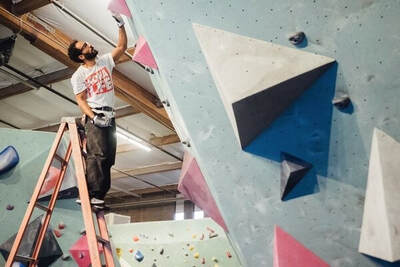
 RSS Feed
RSS Feed




